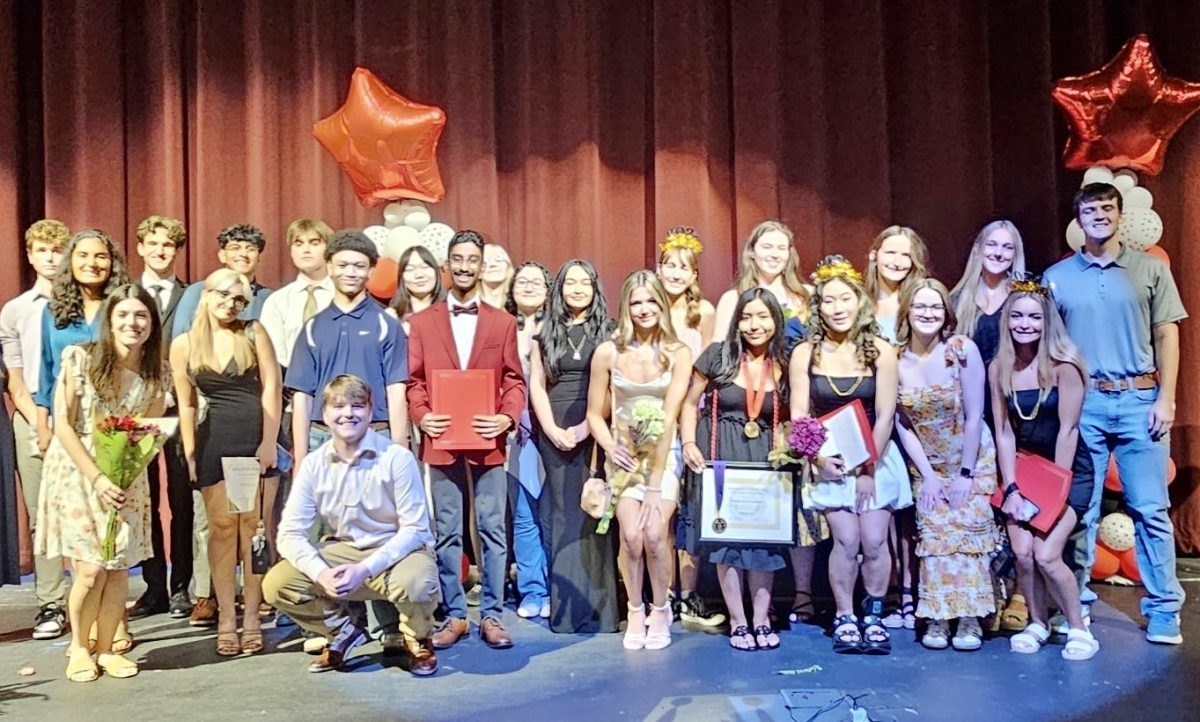Virtual Reality: A History
As someone who’s always been interested in the concept of virtual reality, I find the recent growth and normalization of technology consistently exciting. The industry has grown exponentially in the past five years and, due in part to being stuck inside the past year, more people than ever are experiencing the virtual world for the first time.
As many would guess, the idea of a headset letting you view a different world isn’t exactly new In fact, the earliest roots of the concept can be traced back to before computer-generated imagery was a twinkle in the eye.
In 1838, Charles Wheatstone- an Englishman and prominent inventor and scientist of the Victorian era- discovered the way in which our eyes perceived the world in three-dimensional space. The process, coined stereopsis, involved two similar, but slightly different images. Each eye captures an image, from which point the visual cortex turns the differences in each into perceivable depth. This revelation paved the way for the invention of the stereoscope, made by Wheatstone in tandem with optician R. Murray. It was a large device, required to lay on a table to use- photography was not yet accessible enough to obtain suitable pictures, so the device used hand-drawn images instead. Despite its limitations, the Wheatstone stereoscope was a crucial starting point for what would eventually become virtual reality, placing viewers into a fictional world for the first time.
Shortly after Wheatstone’s creation, David Brewster- a longtime rival of Wheatstone- created his own stereoscope, claiming to have conceptualized it both independent of and prior to Wheatstone’s device. While such claims can’t be proven, Brewster’s refinement of the stereoscope design was almost as crucial as the original. The highlight of the Brewster stereoscope was the introduction of isolated lenses, both ensuring the separate images aren’t visible to the other eye and negating the need for mirrors entirely. The much smaller design may look familiar- although the first form of the design was over a foot and a half long and still table bound, the closed box shape with an extruded lens became the basis for almost all entertainment-focused stereoscopes in the future– even more, once the design was refined into a handheld form.
Roughly a century later, the concept and technology of the Stereoscope would be re-introduced to the general population in a new, lighter form, dubbed the View-Master. The most crucial distinction between this and stereoscopes before it was its ‘reels’- small, cardboard discs inserted into the device that held fourteen incredibly small images, creating seven stereoscopic images which were amplified to a viewable size by the lenses of the device. The ability to easily swap reels allowed the device to become the popular choice among its contemporaries. Soon, lighter, more child-friendly iterations of the View-Master debuted, allowing families to experience stereoscopic images from the comfort of their homes. The impact of the View-Master on consumer-friendly virtual experiences is clear, and the brand still exists, now with a focus on phone-based virtual reality experiences.
While stereoscope technology progressed over the decades, using simple drawings or photographs to create 3D imagery, the invention of the modern computer, eventually followed by the first computer-generated images and shapes, gave tech enthusiasts a glimpse into what could be the future. Computer technology, at the time, was incredibly crude compared to even a few decades later, but the groundwork had been set. Ivan Sutherland, one of the first pioneers of computer graphics, saw the potential in these huge machines. In 1965, Sutherland presented his vision of the Ultimate Display- an idea that built the foundation for what we now know as Virtual Reality. He described a head-mounted display- not unlike a stereoscope- which created a virtual environment indistinguishable from our reality. As he describes in his vision;
“The ultimate display would, of course, be a room within which the computer can control the existence of matter. A chair displayed in such a room would be good enough to sit in. Handcuffs displayed in such a room would be confining, and a bullet displayed in such a room would be fatal. With appropriate programming, such a display could literally be the Wonderland into which Alice walked.”
To set his idea in motion, Sutherland began work on bringing his vision into reality. Three years later, with help from his student, Bob Sproull, Sutherland created what many consider to be the first true virtual reality HMD. The Sword of Damocles, named as such due to the large, sword-like appearance of the tethered device, was more of an augmented reality device than a virtual one; unlike a standard stereoscope, the Damocles allowed wearers to look around and see through to their environment, displaying crude wireframe shapes which moved with the wearer. While huge, cumbersome, and hardly even immersive, the Sword of Damocles is what truly began the age of virtual reality products, with its impact still seen today.
Virtual reality technology continued to evolve throughout the 70s and 80s, mostly through simulators used to train soldiers and as MIT projects. As computer technology advanced, so too did virtual reality technology. By 1985, the tech had finally evolved enough to leave the lab and enter the hands of consumers. VPL Research, founded by Jaron Lanier and Thomas Zimmerman, was a virtual reality-focused company, and the first to sell virtual reality products to businesses. While they went bankrupt only a few years later, their existence as the first sellers of VR tech is worth a mention at the very least.
While the bankruptcy of VPL showed that VR technology was still too young to go into the hands of consumers, the 90s seemed to bring a sort of boom for the industry. 1991 brought Virtuality, the first company to create VR arcade machines, as well as the first mass-produced HMDs in general. The general public began to learn what VR was and take an interest in it with larger companies experimenting with the technology. SEGA, a popular video game company, especially at the time, announced that they were releasing a virtual reality headset to connect with their gaming system, the Genesis- However, the device seemingly disappeared, never being released. Nintendo, another large gaming company, released the Virtual Boy; a standalone headset, in 1995. While the device was unique in both its standalone nature and its affordability, it was a commercial failure, due to its lack of true 3D graphics and painful red and black graphics.
Interest in Virtual Reality quickly dwindled as the 2000s approached; the series of failed commercial options demonstrated that technology was not quite ready to do justice to the “Ultimate Display” concept. Development continued in the background, as most people moved on with their lives.
Then, in 2010, a man named Palmer Lucky demonstrated a new HMD, dubbed the Oculus Rift, which rekindled interest in virtual reality. The device was impressive, for the time; it utilized the processing power of modern computers, along with a 90-degree field of vision, wider than most headsets seen before. Two years later, Lucky used the momentum of the VR interest he had created to launch a Kickstarter for the Oculus Rift, founding the company Oculus to create it. The campaign was a smashing success, allowing the first true, high-end VR system built-for-home to begin production.
The impact Palmer and his Oculus left is undeniable; two years later, Sony, Google, and Samsung announced their own headsets, with Facebook buying Oculus itself for 2 billion dollars. All of the developments leading up to the 2010s had finally been brought together.
Shortly before the Oculus Rift launched in 2017, the HTC Vive launched- the first full, modern 6DOF headset. The industry has grown exponentially since, with everything from cheap phone-based headsets to ultra-immersive arcade headsets. It’s amazing how far we’ve come, and how close we are to the Ultimate Display after all these years. It’s exciting to see the industry grow before my very eyes, and I can’t wait to see where it takes us next.

PLD Lamplighter's been a part of my school life since freshman year-- being a senior now, I'm looking forward to making this year the best! Though a lot...






















